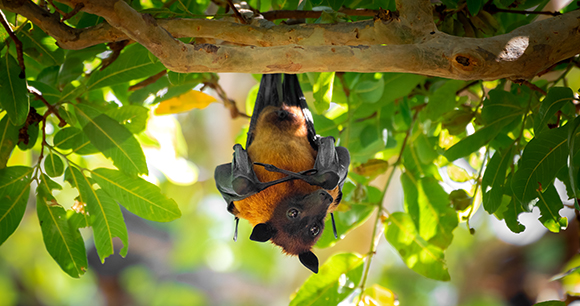COVID-19—the most recent example of a zoonotic pathogen causing a global pandemic—continues to claim human lives, even as vaccines and other strategies return us to some semblance of normalcy. However, as many as 10,000 other viruses silently circulate among wild mammals, according to estimates, and some will spill over to humans, triggering future pandemics. A recent analysis published in Nature (Carlson et al., 2022) indicates that how and when that happens will be profoundly affected by the changes we effect on the Earth and its climate.

Carlson and colleagues assessed the impact of climate and land-use change on virus sharing among mammals and the potential for a zoonotic spillover event into humans. Based on predicted range shifts for 3,139 mammal species in response to projected climate and land-use change scenarios for 2070, the authors determined there will be approximately 4,000 novel opportunities for virus transmission among wildlife species who were previously geographically isolated, potentially leading to new zoonotic spillover events. With bats accounting for the majority of virus-sharing events and the most likely vector for virus emergence in humans, these opportunities are more likely in high-elevation habitat, biodiversity hotspots, and high-density human populations in Asia and Africa.
The study authors found that climate and land-use changes are already creating novel opportunities for virus sharing and, further, that holding warming to 2⁰C (3.6⁰F) over the pre-industrial average (the upper limit goal of the Paris Agreement) will not be sufficient to reduce future viral sharing. What’s more, the authors’ simulations, which only involved mammals, likely underestimate the risk of novel virus sharing. Other taxa, particularly birds, could escalate the potential for the cascading impacts of climate and land-use change to hasten arrival of the next pandemic.
These findings reemphasize the need for a global wildlife surveillance system to monitor wildlife health, track climate change–induced range shifts, protect wildlife habitat, and minimize our exploitation of wildlife and habitat to reduce our own risk of exposure to dangerous novel pathogens.